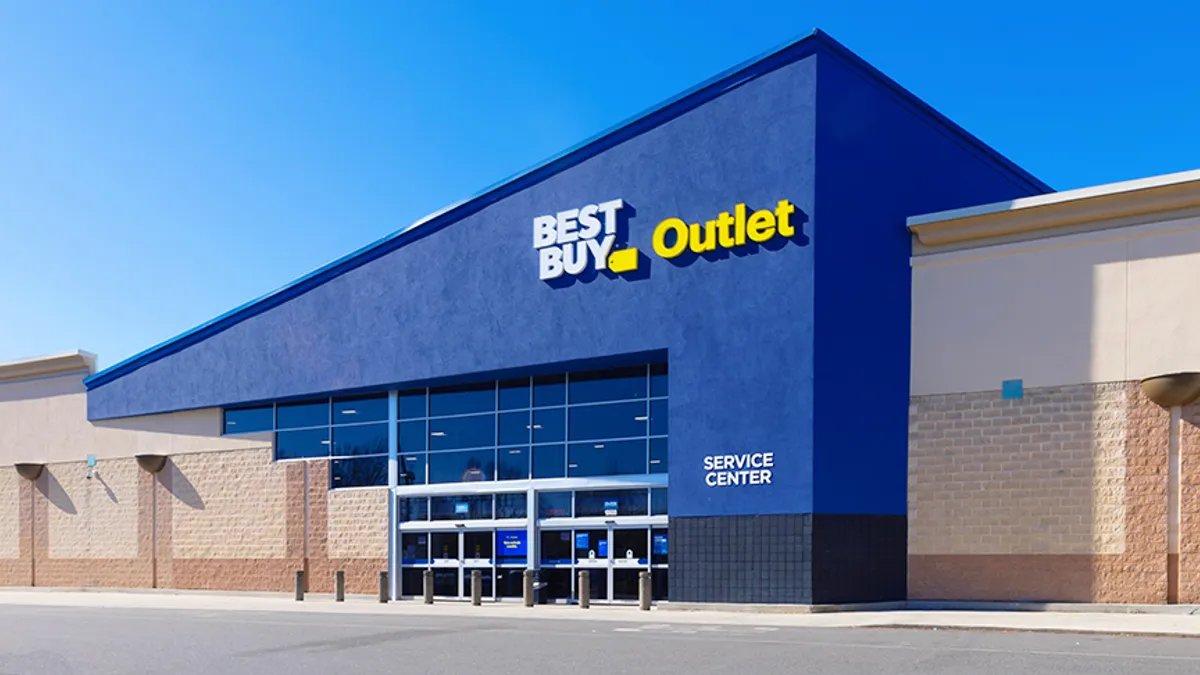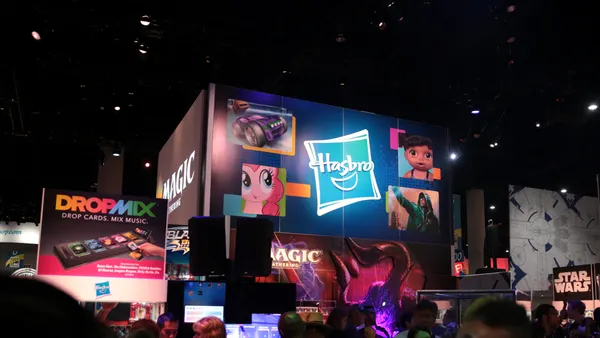While other retailers complain of bloated shelves, Best Buy is seeing its inventory levels fall back to pre-pandemic trends, CEO Corie Barry said on a Q2 earnings call.
The electronics retailer saw a 6% YoY dip in inventory in Q2, Barry said, with product supply at a "healthy" level.
Barry attributed the positive trend in part to proactive inventory management throughout the quarter as consumer demand changed.
Best Buy also benefited from its growing outlet network, which allows the company to tap into a new consumer segment and "unlocks a very productive way to refurbish inventory, giving it a new life," Barry said.
The retailer opened two new outlet stores in Virginia and Phoenix during the quarter and opened a new location in Chicago last month, bringing the national total to 19.
Although Best Buy didn’t have excess inventory, bloated levels across the industry still weighed on the retailer’s bottom line. The Q2 promotional environment was more aggressive than anticipated, CFO Matthew Bilunas said, as other retailers drive a discount-heavy market in an effort to clear shelves.
Walmart CFO John David Rainey said on the company's August earnings call that home electronics remained one of the retailer's most overstocked product categories headed into Q3.
Such promotions contributed to a softening in Best Buy's operating profit, which dropped by more than half compared to a year ago.
"Generally, we're back to where our levels of promotionality were before the pandemic started,” Bilunas said. “And that has more to do with the general amount of inventory in the channel right now that, as the consumer demand wanes and inventory increases, there's just generally the dynamic of having more promotionality,"
Best Buy has bounced back from product shortages during the last peak season. The CEO noted that the company is still experiencing inventory constraints in some areas, such as computing and gaming, as global chip supplies remain tight.
"In our industry, it's not as simple as we have inventory or we don't," Barry said. "It can be incredibly variable by product and even brands within a particular product.”













